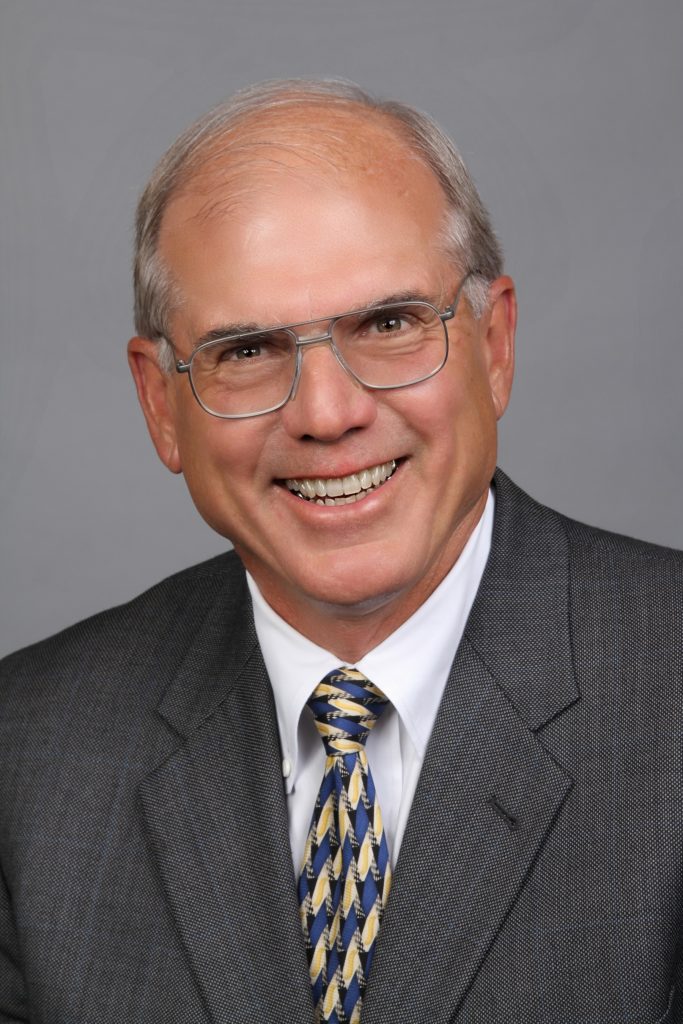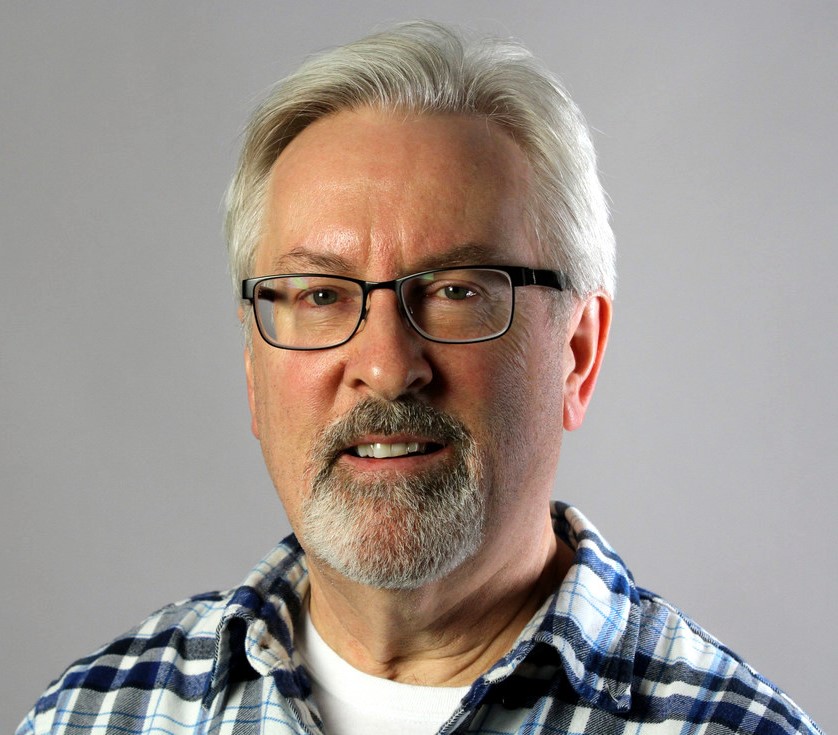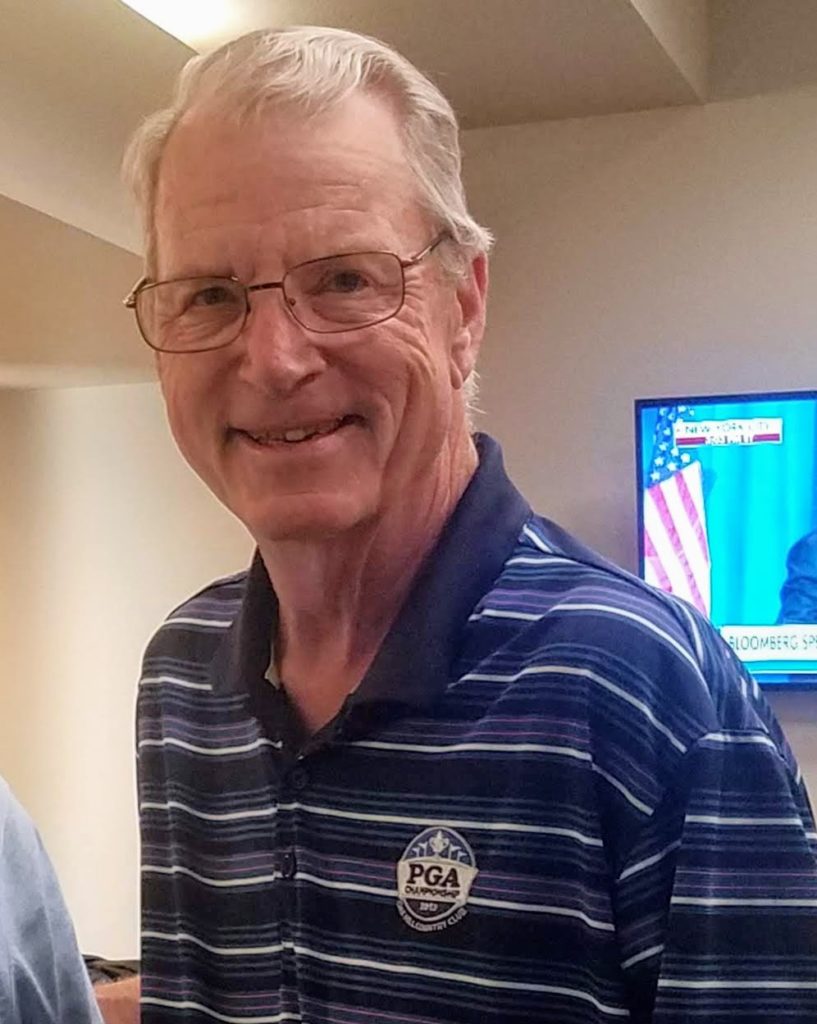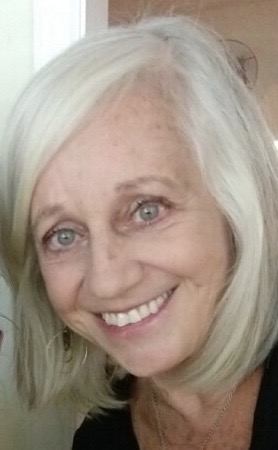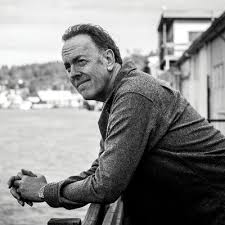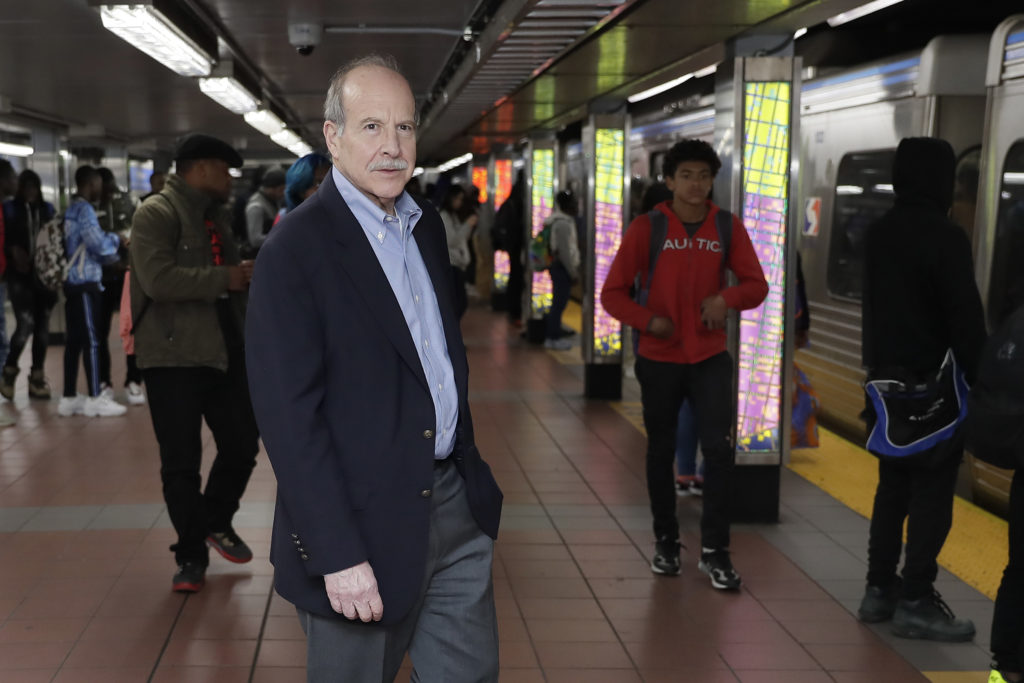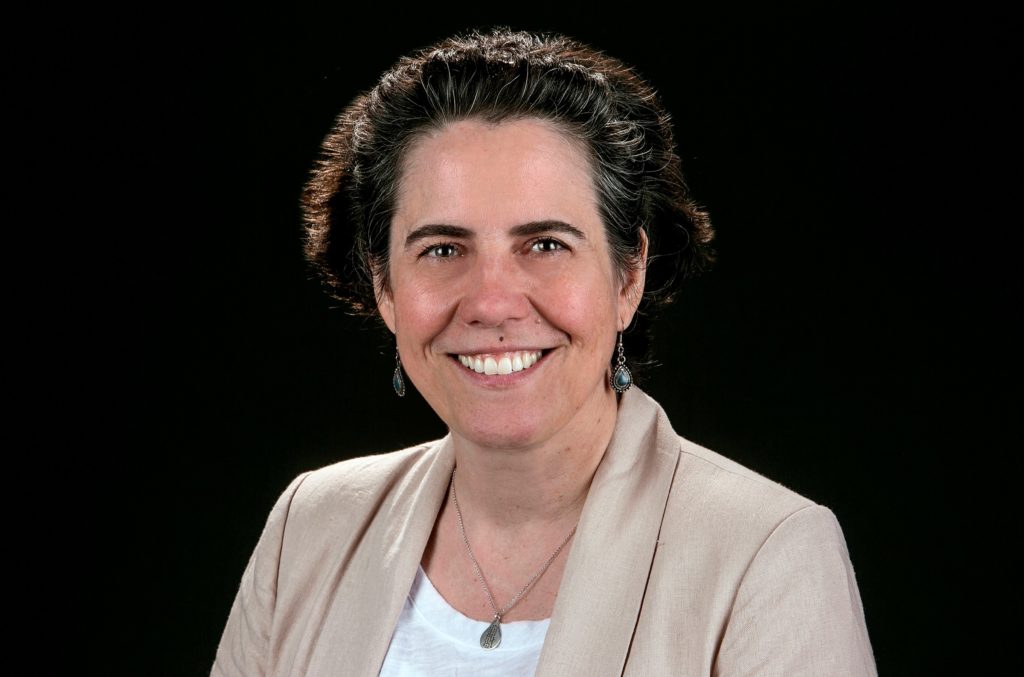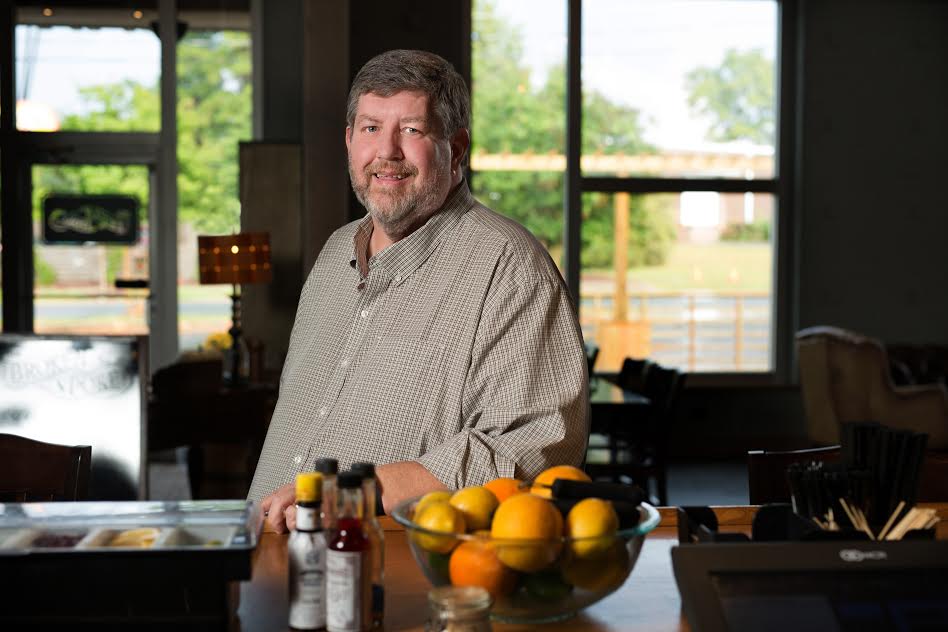
Helen Ubiñas is an award-winning columnist for the Philadelphia Inquirer, Philadelphia Daily News and Philly.com. Ubiñas was a longtime reporter and columnist for the Hartford Courant, where she was awarded numerous honors, including a team Pulitzer Prize for breaking news in 1999. In 2000, she became the Courant’s first Latina news columnist. In 2007, she was one of 12 US journalists awarded the John S. Knight journalism fellowship at Stanford University. She won first place in column-writing at the 2014 Keystone Press Awards. In 2017, the National Society of Newspaper Columnists awarded her top honors for her columns. In 2018, she was the recipient of the Vernon Jarrett Medal for Journalistic Excellence for a series of columns on gun violence and its impact on Philadelphia teenagers.
What’s the most important lesson you’ve learned as a writer?
Show up. It might sound instinctive, but it isn’t always —especially when you’re pressed for time and resources, as we all are, and it just might be easier to make a couple of calls. It’s about getting the story, obviously, with the kinds of details that I don’t think writers can get in any other way other than being present. But it’s also about showing the people and communities who remain underrepresented that I’m not just some faceless byline. I’m a person, a fellow citizen, sitting right across from them, sincerely interested in hearing and telling their stories, and in building the kinds of relationships it takes to make a real impact in the communities we are supposed to cover. Plus, I can’t count the times I’ve shown up for one story and left with ideas for many others. Always a win-win.
What’s been the biggest surprise of your writing life?
I like to think that the columns I write make an impact, but I’ve been really touched to see young people —especially young people of color — genuinely excited to see themselves reflected in their local paper. Years ago, they’d cut the article out of the paper, maybe their parents would put it up on the refrigerator. Nowadays they share it on social media, and I still get a huge kick out of it. It reminds me of how unheard and unseen so many people feel. It reminds me of why I got into journalism, and why as hard as it sometimes gets, I’m still all in.
If you had to choose a metaphor to describe yourself as a writer, what would it be and why?
A police officer once called me a honey badger, and while I’m not sure he meant it as a compliment, I chose to take it as one. According to the limited information I have on my apparent spirit animal, they’re thick-skinned diggers who fly solo. Once I get into a story, I want to get to the bottom of things; I want some resolution. I don’t want to leave my readers hanging. Why didn’t those ex-offenders get paid for the work they did for the city? Why hasn’t the city ever evaluated questionable gun violence prevention programs they pour millions into? Why isn’t there a support group for paralyzed survivors of gun violence? Often that means following a topic or subject for years, and I’m OK with that. Honey badgers are apparently relentless, and I guess so am I.
What’s the best piece of writing advice anyone ever gave you?
I can’t remember who told me or if I maybe told myself: Be yourself. Write like yourself. Read other writers, admire other writers. Learn from other writers. Love Jimmy Breslin and Steve Lopez and Dan Barry – and omfg I do. But write like only you can, tell stories like only you can. The world already has/had a Breslin and Lopez and Barry. There’s room for you too – a Puerto Rican little girl from the Bronx who somehow grew up to be one of not that many Latina newspaper columnists in the country!
